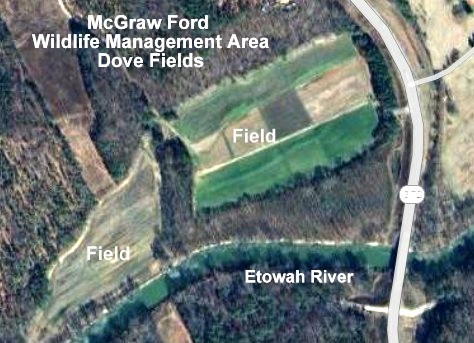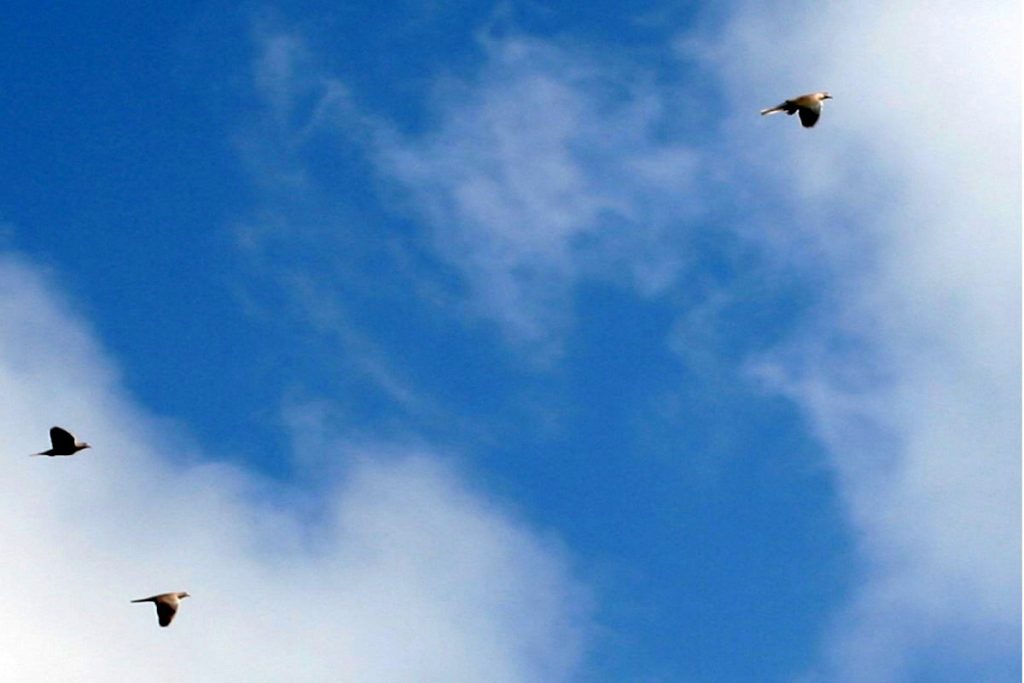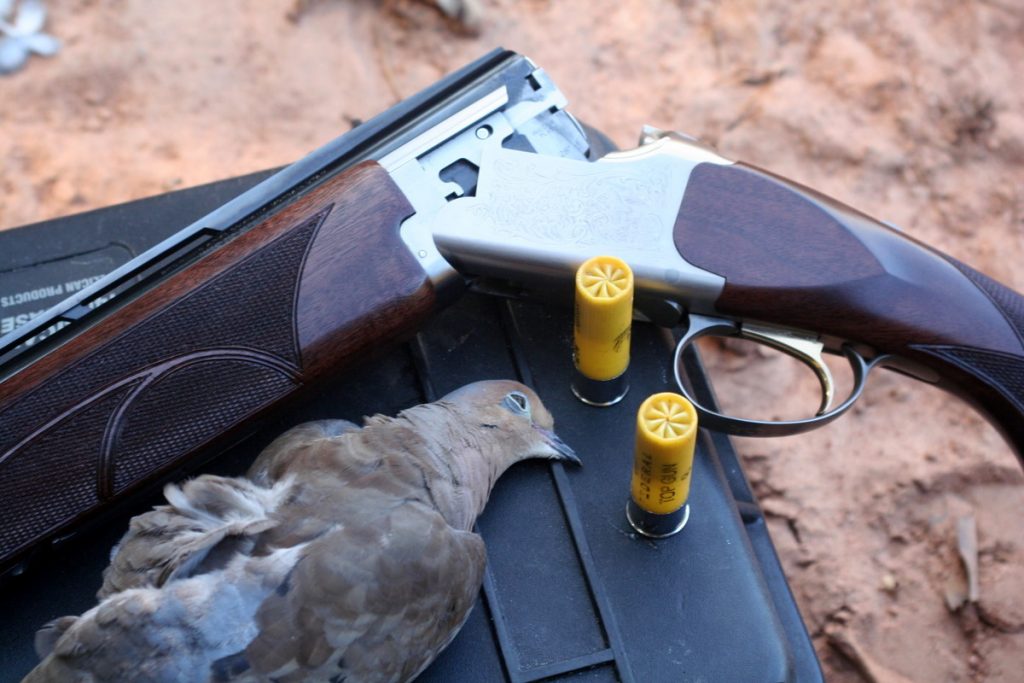It’s Not Always Easy
Fall 2025
Article and photos by Jimmy Jacobs
Across Georgia, opening day of the dove season is a tradition. That day draws more wingshooters to the fields than any other time of the year. In fact, for many of those sportsmen, it is the only time they shoot at birds during the year. Often you see descriptions of the action as offering great shooting under favorable weather conditions. That’s not always the case.
In my case, I had spent the last decade opening the season at the Georgia Outdoor News magazine’s benefit hunt at Claibourne Darden’s farm in Taliaferro (oddly enough, pronounced as Tolliver) County near Crawfordville. Unfortunately, the 2024 version of that hunt was the final one, so I found myself “orphaned’ for the 2025 season opener.
By a stroke of luck, however, my name was drawn for the quota hunt on opening day at McGraw Ford Wildlife Management Area. This patch of land along the Etowah River in Cherokee County has two dove fields totaling 22 acres. For this hunt only 20 hunting slots were available, so it would not be crowded. As it turned out, the tale of the hunt took some twists.

Having not been on the tract for at least the last decade, at midday on the Thursday preceding the opener, I drove over to check out the fields. At the gate was a notice asking everyone to stay out of the field prior to the hunt in order to not spook the doves from their regular feeding there. Thus, I sat in my vehicle with a view of one of the fields.
Fairly quickly I was joined by a young fellow who showed up for the same reason. I soon learned that at 23 years old, he was already a veteran of a four-year hitch in the Marine Corps, and now back home. And boy, did he like talking about all types of hunting.
While he bent my ear, my eyes were glued to the field before me. It as a patchwork of rows of crops. Another sign at the gate explained that the barren strips had been planted in wheat, then burned and plowed. There were also strips of corn standing about 8 feet tall. Additionally, one strip of sunflowers also had been burned, but left standing.
As I expected, no doves showed up over this feast until after 2:30. That pretty much settled my plan for Saturday. I was always a big fan of opening day back when the season started at noon. Virtually all the pay-to-shoot or private fields hosted traditional barbecue lunches before heading out for the shooting. Since shooting time was moved to sunrise, such events have dwindled. But with what I had just witness, I planned to still begin my opening day in the afternoon.
Arriving at the field, the small parking area closest to the field was overflowing, leaving me to park along the side of the highway. Gathering my gear, I walked down to find the entire corner nearest the parking lot empty. I quickly set up my stand in the edge of a corn strip, facing the burnt sunflowers. By 2:00, I had missed a shot at the only dove that flew over. There were some shots echoing from the other end of the field.
Shortly two hunters that I had observed on stand about a hundred yard farther down the from me packed up and headed past to the parking area. They said they had 16 doves between them and were heading out to catch the Georgia football game on television. Since they had taken some birds, I decided to move to their abandoned location.
When I got there, it was a disappointment to find more than 50 spent shot shells littering the ground. It’s a problem I’ve seen on a number of WMAs over the years. Opening day dove hunters are not the most conscience of sportsmen when it comes to littering. After I’d collect the shells into my trash bag, it was time to get serious about some shooting.

For the next hour, birds began to fly over regularly, but most were too high for effective shooting. After wasting a few shells on them, I started waiting for some lower fliers, knocking down a couple of those. In the meantime, the blue bird sky that had been dappled with white clouds, gave way to an approaching dark mass. It appeared to be a pop-up shower headed my way. I saw some other hunters headed back to the parking lot.
As for me, I had on a pair of American Fishing Tackle Company quick-dry camo pattern shorts and some of their quick-dry underwear. I figure a little shower was not going to run me off. Rather, I put my gear in a dry bag, and sheltered back in the corn that towered above me. I figured it would keep most of the rain off me.
What arrived, however, was a pop-up thunderstorm with heavy rain and wind that whipped the stalks around. I got drenched, but at least it was short lived. Back on my dove stool, the birds began to fly in even before the after-storm drizzle had quit. But a stiff breeze continued and the temperature had dropped from the high 80s to the low 70s. I began to wonder if a dove hunter had ever succumbed to hypothermia on opening day, as I was chilled to the bone.
Additionally, with many of the hunters now gone, I could see doves flying unmolested all the way to the ground on either end of the field. I would have walked down to try jump-shooting them, but found that the field was now so muddy that my boots had added a couple of inches of the stuff to my soles, resulting in slippery sloshing, instead of walking.

So, I stayed on the stool, eventually drying out and waiting on the occasional low flyers. Despite the adversity, it still was a day in the field I would not have skipped. After all, it was opening day and I went home with enough in the game bag to provide a good meal.
Jimmy Jacobs is the editor of Georgia Outdoor Adventures, as well as being editor/publisher of On The Fly South. He also is a member of the Georgia Outdoor Writers Association. He makes his home in Marietta with his English setters, Luke and Lulu. He can be contacted at jimmyjacobs@mindspring.com.